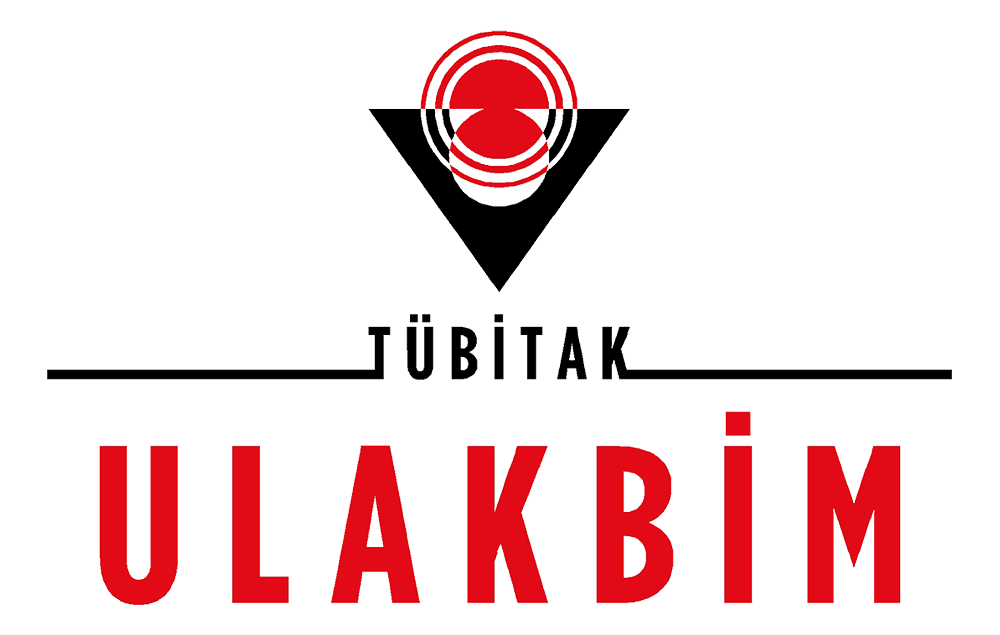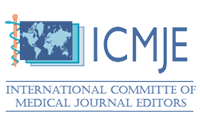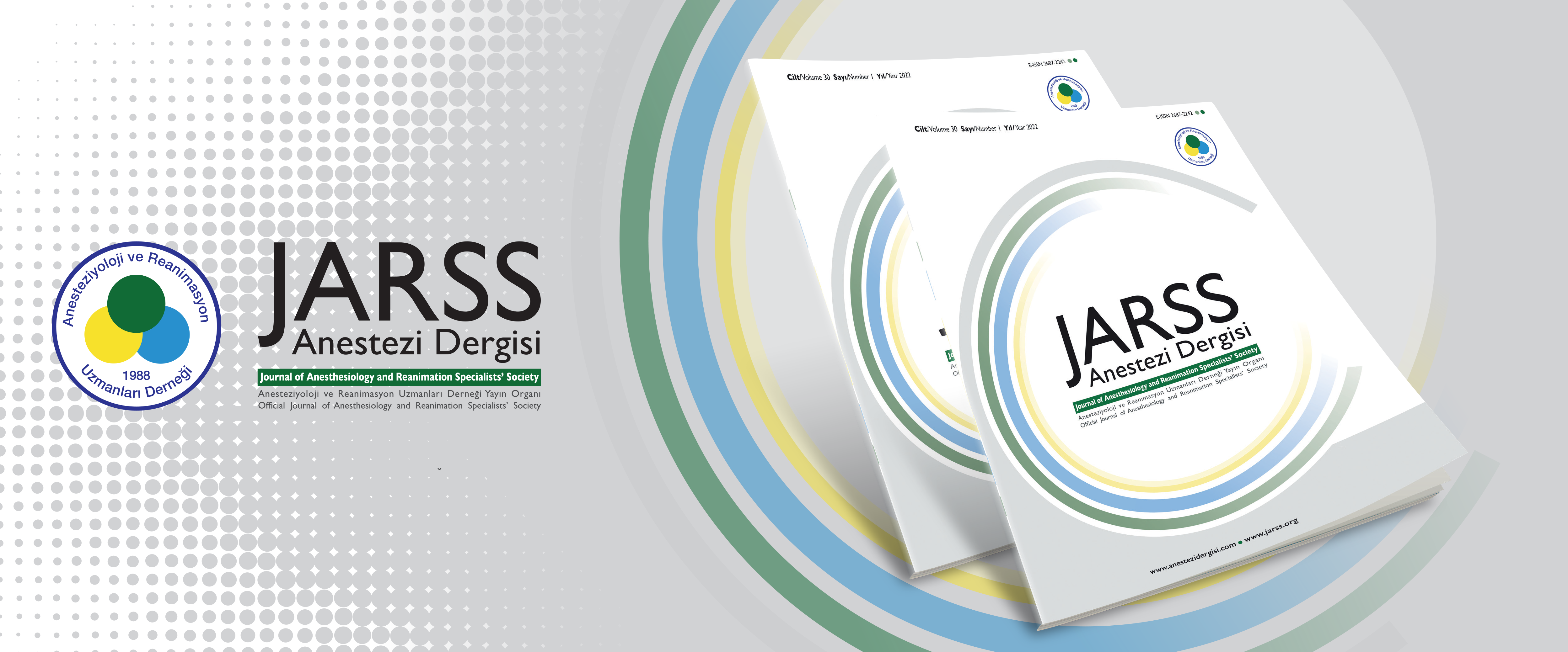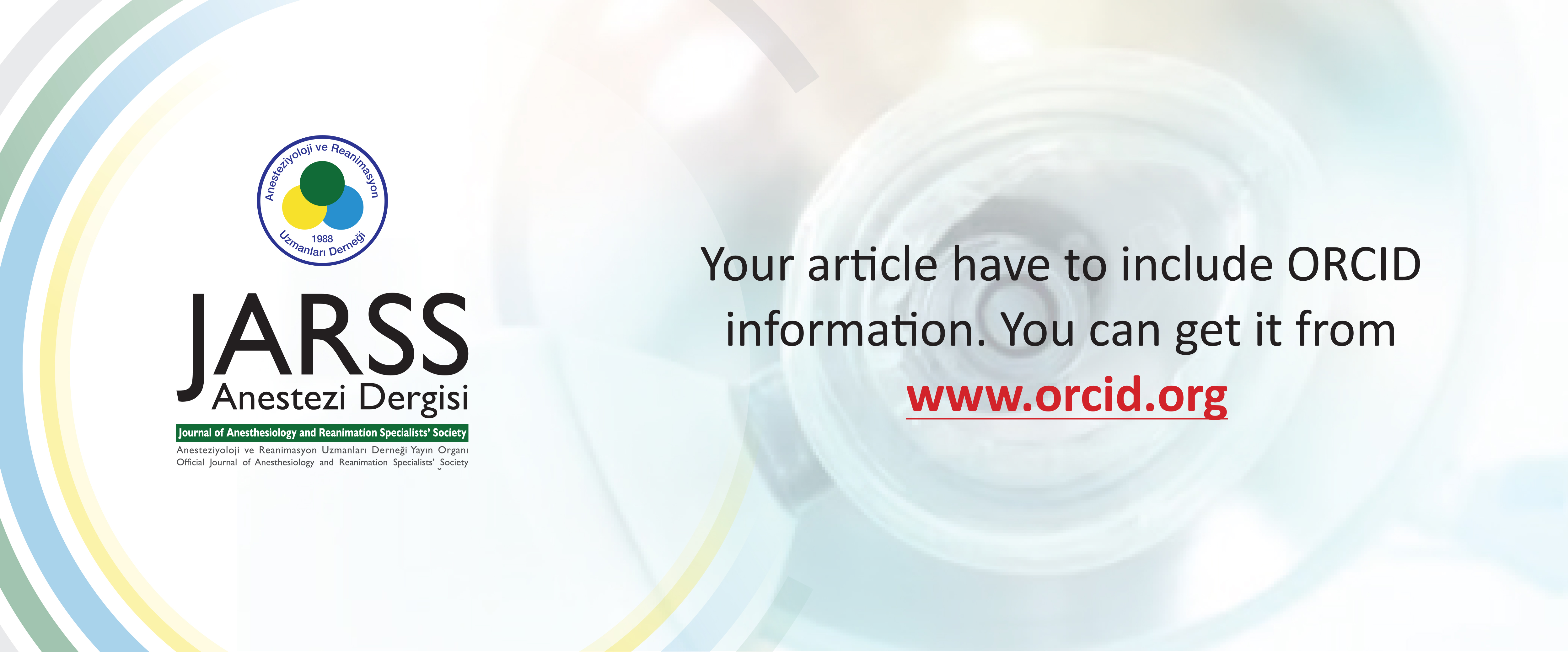Experiences of Anesthesiologists in Managing Blood and Blood Product Transfusions: A Multicenter Survey Study
Aysim Erturk1, Alev Saylan2, Duygu Kara3, Busra Tezcan2, Asli Z Demir4, Umit Karadeniz4, Aysegul Ozgok41Elazig Fethi Sekin City Hospital, Clinic of Intensive Care, Elazig, Türkiye2Ankara Etlik City Hospital, Clinic of Anesthesiology and Reanimation, Ankara, Türkiye
3Adnan Menderes University, Faculty of Medicine, Department of Anesthesiology and Reanimation, Aydin, Türkiye
4Ankara Bilkent City Hospital, Clinic of Anesthesiology and Reanimation, Ankara, Türkiye
Objective: Perioperative blood transfusion management is an increasingly important area focused on improving patient outcomes. Anesthesiologists play a vital role in this process and work collaboratively with the surgical team in administering blood transfusions. The aim of this survey is to gather information on the general trends and preferences among anesthesiologists regarding the use of blood products in our country’s anaesthesia practice, and to increase awareness among anesthesiologists about blood transfusion management.
Method: The survey included anesthesia residents studying in the field of Anesthesiology and Reanimation, as well as anesthesiology specialists with varying levels of professional experience and/or academic titles. The surveys were completed during face-to-face interviews or sent as printed or electronic forms to be filled out. The questionnaire consisted of 30 questions regarding demographic information, hospital organization, and transfusion practices.
Results: A total of 501 anesthesiologists representing the entire country participated in the study. Of the participants, 79% reported having received training on blood products, and 60.3% stated that they were familiar with the relevant guidelines. It was found that the transfusion decision was primarily made jointly by the anesthesiologist and surgeon (71.2%), and that pre-anesthesia evaluations were mainly conducted within three days before surgery (58.5%). In different scenarios, the hemoglobin (Hb) threshold values selected for transfusion varied according to the physicians’ experiences. The most frequently used parameter for intraoperative blood loss was Hb/haematocrit levels, and the most common method to reduce intraoperative blood transfusion was controlled hypotension.
Conclusion: Our study suggests that participants need to adhere more closely to guidelines regarding transfusion practices. To ensure that practices are correct and standardized, training programmes at all stages should be expanded, updated according to guidelines, and training materials should be readily accessible.
Keywords: Anesthesia, transfusion medicine, questionnaire, blood transfusion, blood components transfusion
Anestezi Uzmanlarının Kan ve Kan Ürünleri Transfüzyonlarını Yönetme Deneyimleri: Çok Merkezli Anket Çalışması
Aysim Erturk1, Alev Saylan2, Duygu Kara3, Busra Tezcan2, Asli Z Demir4, Umit Karadeniz4, Aysegul Ozgok41Elazığ Fethi Sekin Şehir Hastanesi, Yoğun Bakım Kliniği, Elazığ, Türkiye2Ankara Etlik Şehir Hastanesi, Anesteziyoloji ve Reanimasyon Kliniği, Ankara, Türkiye
3Adnan Menderes Üniversitesi, Tıp Fakültesi, Anesteziyoloji ve Reanimasyon Ana Bilim Dalı, Aydın, Türkiye
4Ankara Bilkent Şehir Hastanesi, Anesteziyoloji ve Reanimasyon Kliniği, Ankara, Türkiye
Amaç: Perioperatif kan transfüzyonu yönetimi, hasta sonuçlarını iyileştirmeye odaklanan ve önemi giderek artan bir alandır. Anestezi uzmanları bu süreçte hayati bir rol oynamakta ve kan transfüzyonlarının uygulanmasında cerrahi ekiple işbirliği içinde çalışmaktadır. Bu anketin amacı, ülkemiz anestezi pratiğinde kan ürünlerinin kullanımına ilişkin anestezistler arasındaki genel eğilimler ve tercihler hakkında bilgi toplamak ve anestezistler arasında kan transfüzyonu yönetimi konusunda farkındalığı artırmaktır.
Yöntem: Ankete Anesteziyoloji ve Reanimasyon alanında eğitim gören anestezi asistanlarının yanı sıra farklı düzeylerde mesleki deneyime ve/veya akademik unvanlara sahip anesteziyoloji uzmanları da dahil edildi. Anketler yüz yüze görüşmeler sırasında dolduruldu veya doldurulmak üzere basılı veya elektronik formlar olarak gönderildi. Anket demografik bilgiler, hastane organizasyonu ve transfüzyon uygulamaları ile ilgili 30 sorudan oluşuyordu.
Bulgular: Çalışmaya tüm ülkeyi temsilen toplam 501 anestezi uzmanı katılmıştır. Katılımcıların %79’u kan ürünleri ile ilgili eğitim aldığını, %60,3’ü ise ilgili kılavuzlara aşina olduğunu belirtmiştir. Transfüzyon kararının primer olarak anestezi uzmanı ve cerrah tarafından ortaklaşa verildiği (%71,2) ve anestezi öncesi değerlendirmelerin ağırlıklı olarak ameliyattan önceki üç gün içinde (%58,5) yapıldığı tespit edildi. Farklı senaryolarda, transfüzyon için seçilen hemoglobin (Hb) eşik değerleri hekimlerin deneyimlerine göre değişmiştir. İntraoperatif kan kaybı için en sık kullanılan parametre Hb/hematokrit düzeyleriydi ve intraoperatif kan transfüzyonunu azaltmada en sık kullanılan yöntem kontrollü hipotansiyondu.
Sonuç: Çalışmamız, katılımcıların transfüzyon uygulamaları ile ilgili kılavuzlara daha yakından uymaları gerektiğini göstermektedir. Uygulamaların doğru ve standartlaştırılmasını sağlamak için tüm aşamalardaki eğitim programları genişletilmeli, kılavuzlara göre güncellenmeli ve eğitim materyalleri kolayca erişilebilir olmalıdır.
Anahtar Kelimeler: Anestezi, transfüzyon tıbbı, anket, kan transfüzyonu, kan bileşenleri transfüzyonu
Manuscript Language: English
(330 downloaded)
















